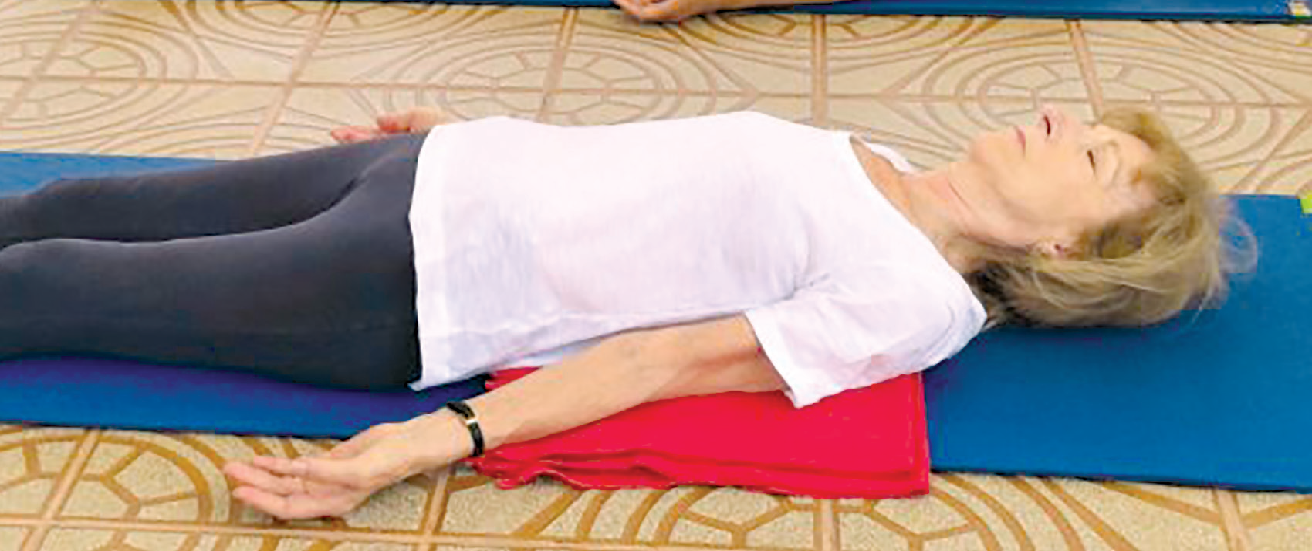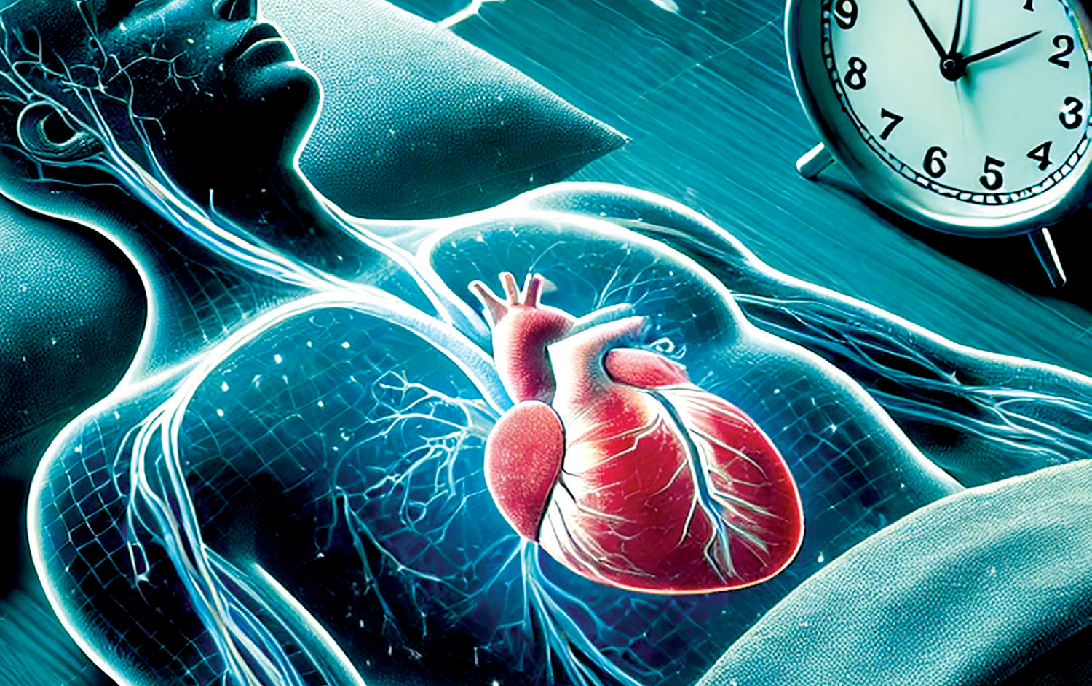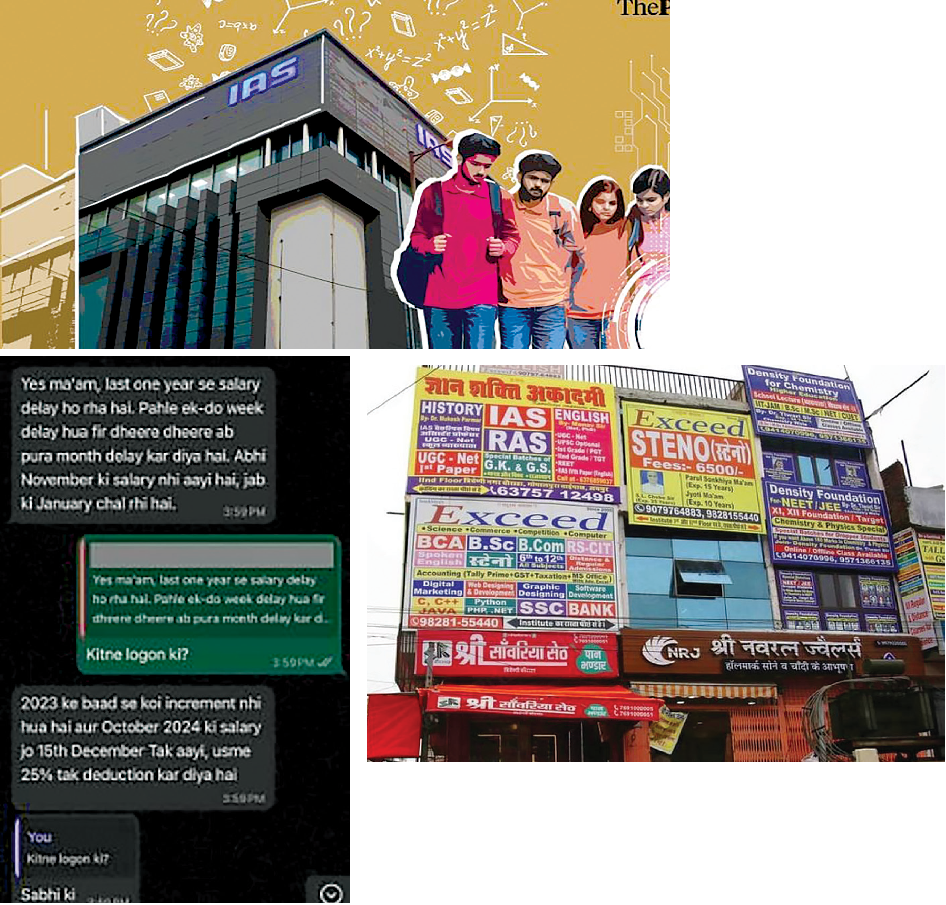
Aloha Hawaii! If you head to Hawaii hoping to get away from the monotony of American culture be prepared to look very hard
Shazia Andaleeb
There are few travel bucket lists that Hawaii is not on. Balmy weather, endless beaches, turquoise waters, swaying palmsthe islands play into every stereotype of a tropical vacation paradise. Hawaii has several distinctions -- it is the only state that is an archipelago, the only US territory to be touched by WWII and also the only state with tropical weather.
Hawaii comprises 137 volcanic islands spanning 2400 kilometers with eight main islands that include O’ahu, Maui, Kuau’i, Hawai’i (also called Big Island), Lana’i, Moloka’I, Kaho’olawe and Ni’ihau. Among these seven islands are inhabited (Kaho’olawe is not) but only six are accessible to tourists and locals. Ni’ihau is privately owned and managed.
We arrived in Maui to be greeted by a strict Covid screening process, our vaccination certificates receiving meticulous scrutiny. A burst of warm, humid air outside the airport welcomes you as soon as you exit, bringing promise of languid days at the beach.
Maui is dotted with breathtakingly beautiful beaches along its coast and has volcanic hills in the center of the island, so there is beauty everywhere. The ocean offers a variety of activities that include snorkeling, surfing, kitesurfing, parasailing and deep-sea diving. The coral reefs are choc a bloc with bio-diversity and harbor a great variety of ocean wildlife, the most famous being the Green Sea Turtles.
Whale watching is a popular activity especially during the months of January to March. We were there at the peak of the season and were treated to some spectacular sights of giant humpback whales frolicking right in front of our eyes, only a few kilometers away from the coast. Nearly 10,000 of these massive animals (weighing 25-40 tons and measuring up to 45ft in length) congregate in a narrow channel close to Maui annually, travelling 3000 miles from Alaska, seeking warm waters to mate, give birth and raise their babies.
The Haleakala National Park housing a magnificent dormant volcano crater is another tourist magnet. It harbors many unique species of native flora and fauna. The unique Hosmer’s Grove is home to foreign tree species including deodar from the Himalayas, Australian eucalyptus and the sugi trees from Japan. The sunrise and sunset from the peak of the crater at about 10,023 ft is supposed to be particularly magical, an experience we missed because bookings for parking spots were unavailable. The Road to Hana is a famous hilly, winding drive in Maui that hugs the east coast of the island, unveiling fabulous views of the ocean at every turn. The road is peppered with beaches, many of them with sand in unique colours, including red and black, waterfalls and snack stands selling fresh fruit and coconuts. The black sands of Wai’anapanapa State Park stand out, as does a stunning, unique hiking trail through a bamboo forest.
If you go to Hawaii hoping to get away from the monotony of American culture and to get a real insight into local Polynesian culture, traditions, food etc. be prepared to look very hard for it. The islands are highly commercial and developed and apart from words like aloha (hello) and mahalo (thank you) that are bandied around generously, one really needs to search for an authentic “Hawaiian” experience. Thankfully places and roads on the island retain their original Hawaiian names and you see some efforts to reclaim and restore the indigenous heritage of Polynesian culture. What passes as Hawaiian “culture” are overpriced cultural programs featuring local music, dance and food called the luau that are usually organised at resorts and hotels, and cost anywhere between $90 to $250 per head. Local food is inspired by a mix of local and Asian flavors and includes a lot of pork, fish, rice, pineapple and taro.
The Old Courthouse Museum in the coastal town of Lahaina gives you a tidy overview of Hawaii’s political and sociocultural history. Other museums documenting the history of culture of Hawaii and Maui are still limping back to normalcy after the pandemic, most of them working limited hours while others are still temporarily closed.
We left the island, on one hand mindboggled at the human spirit capable of traveling to and thriving in an island in the middle of nowhere and appalled, on the other, that the ugliness of imperialism has left no corner of the world untouched.
(The author is based at San Diego, United States.)
 English daily published in Bengaluru & Doha
English daily published in Bengaluru & Doha






